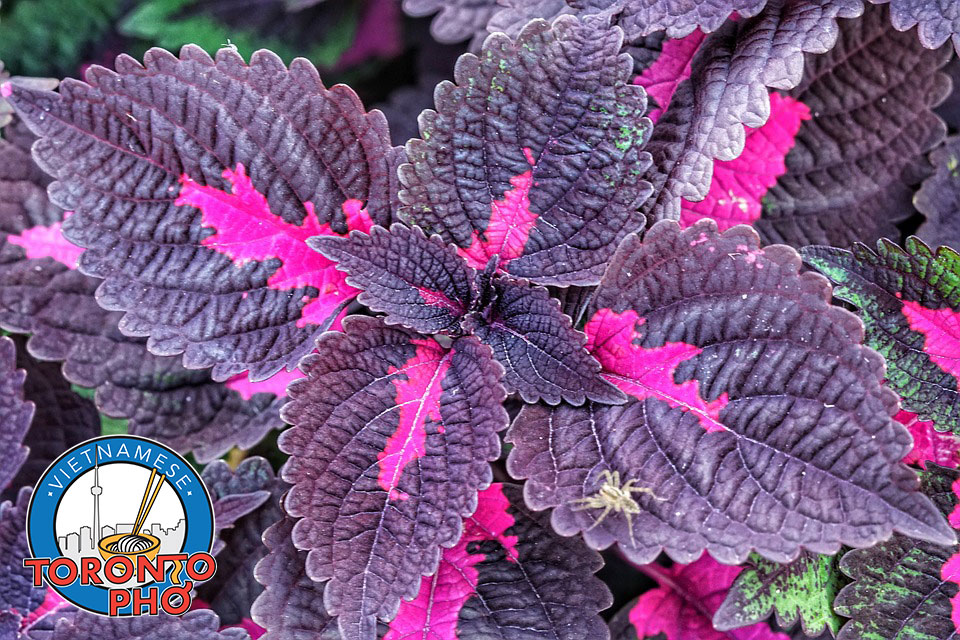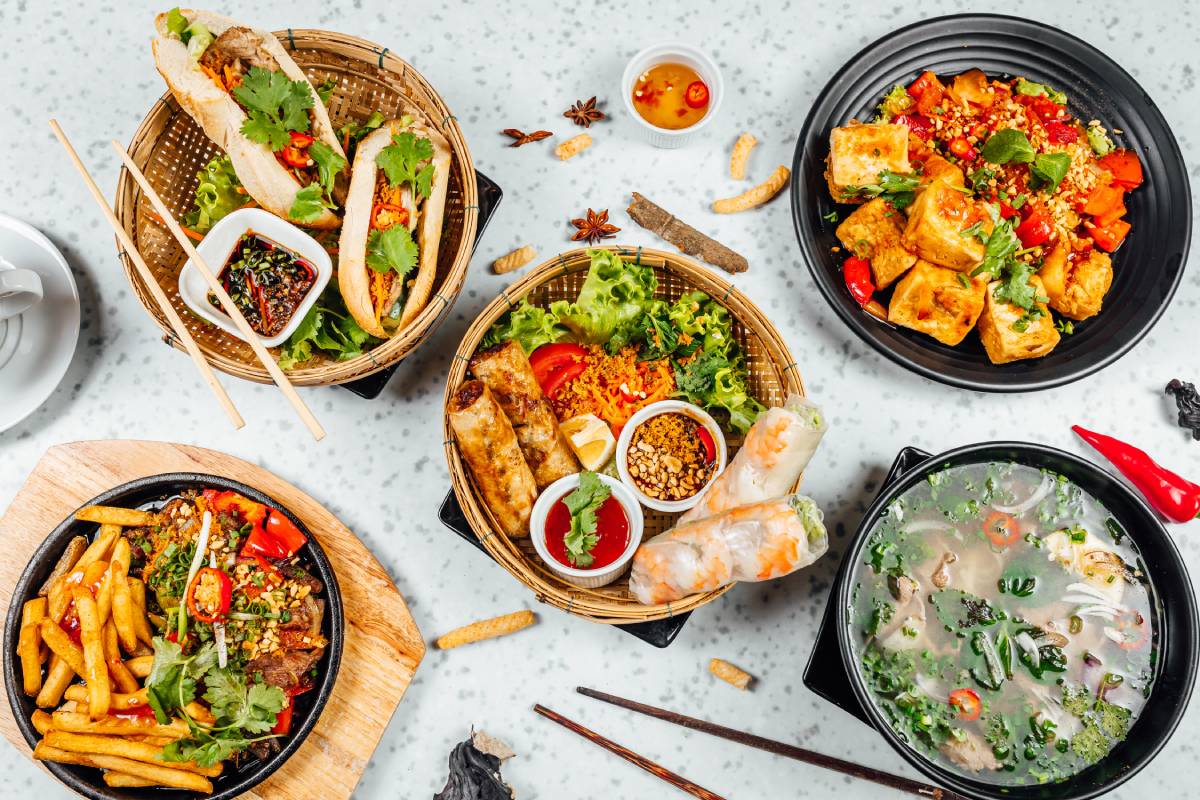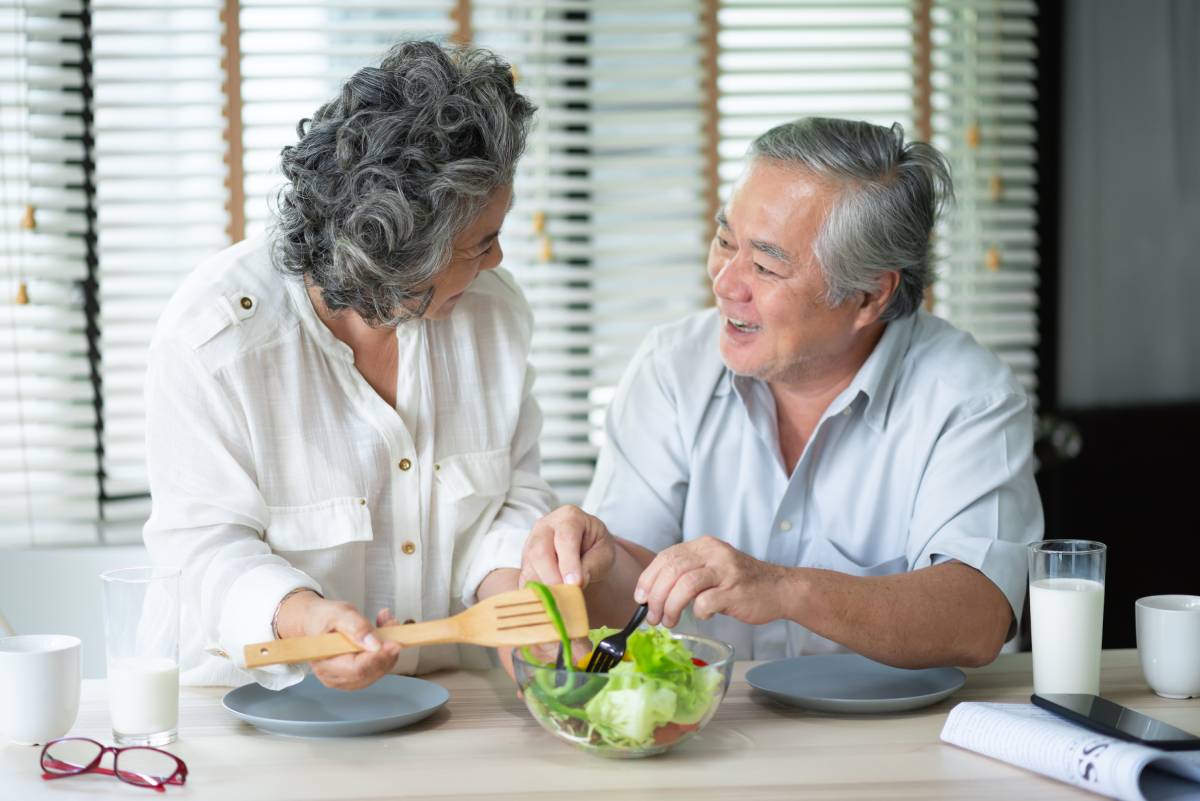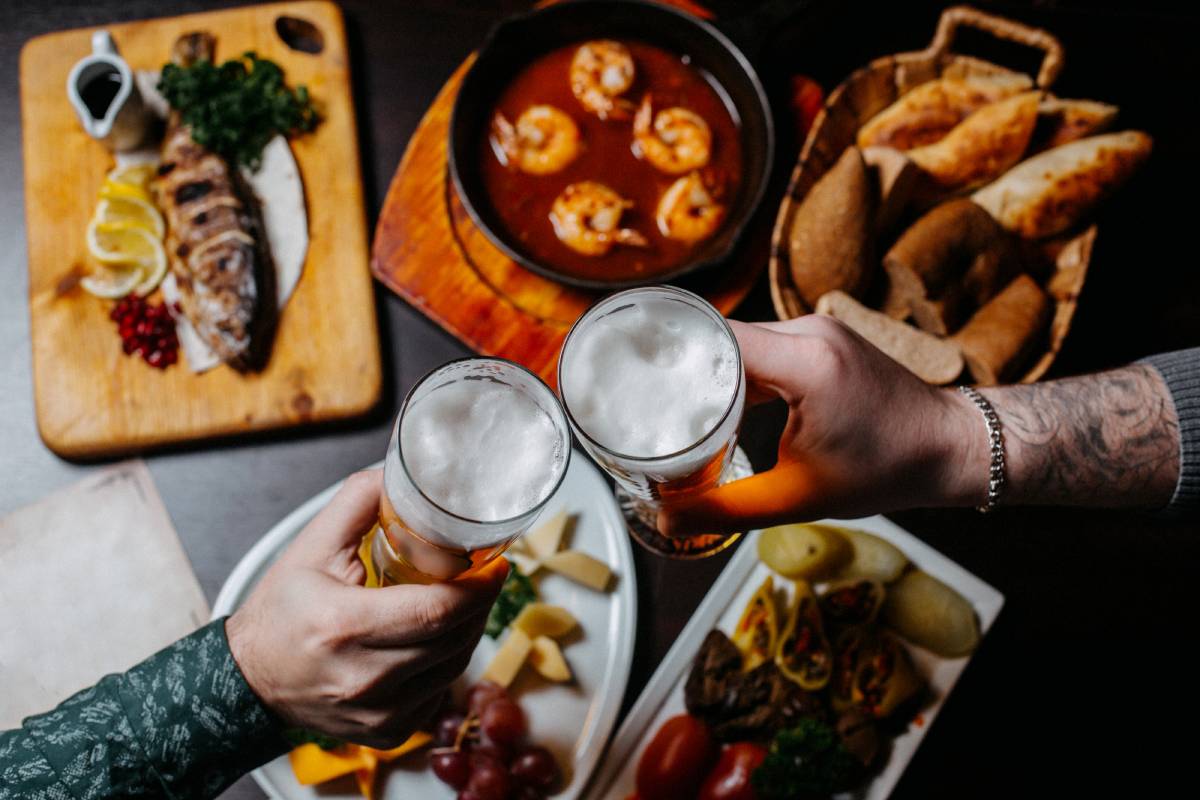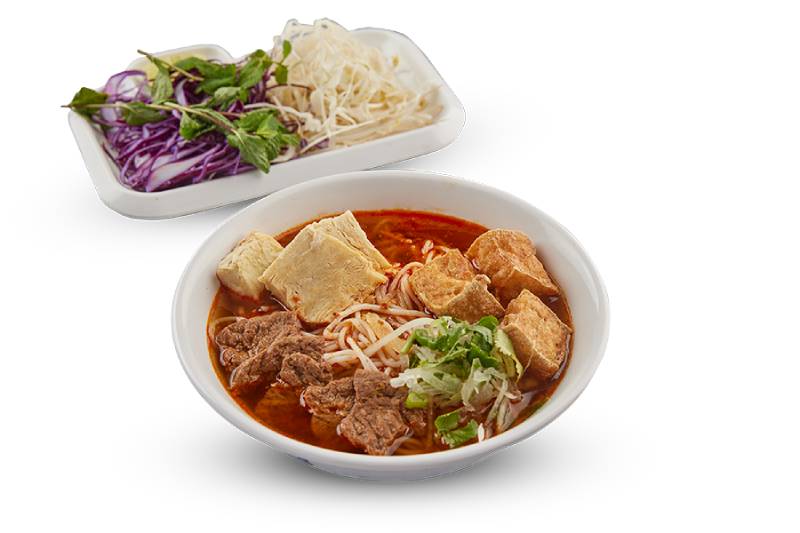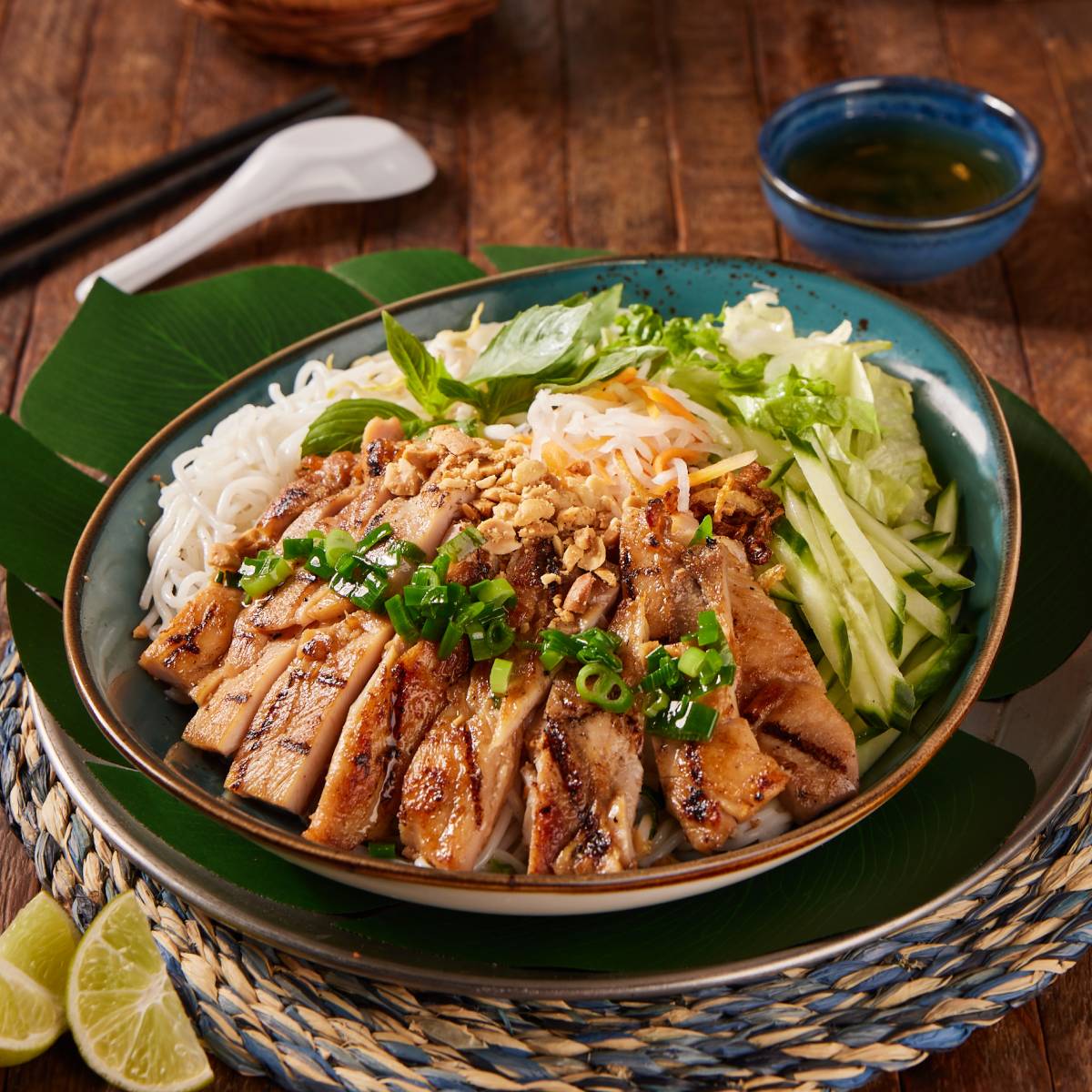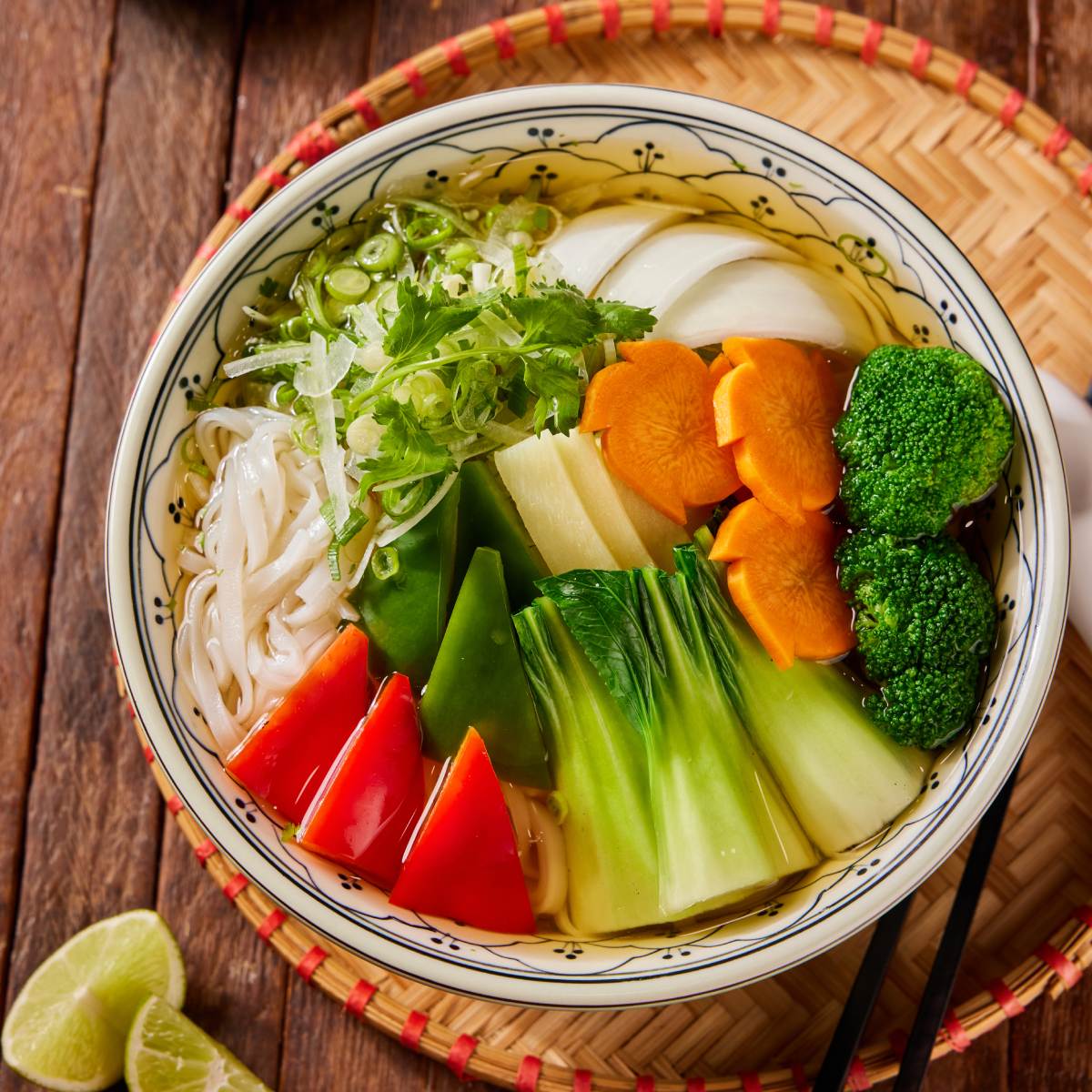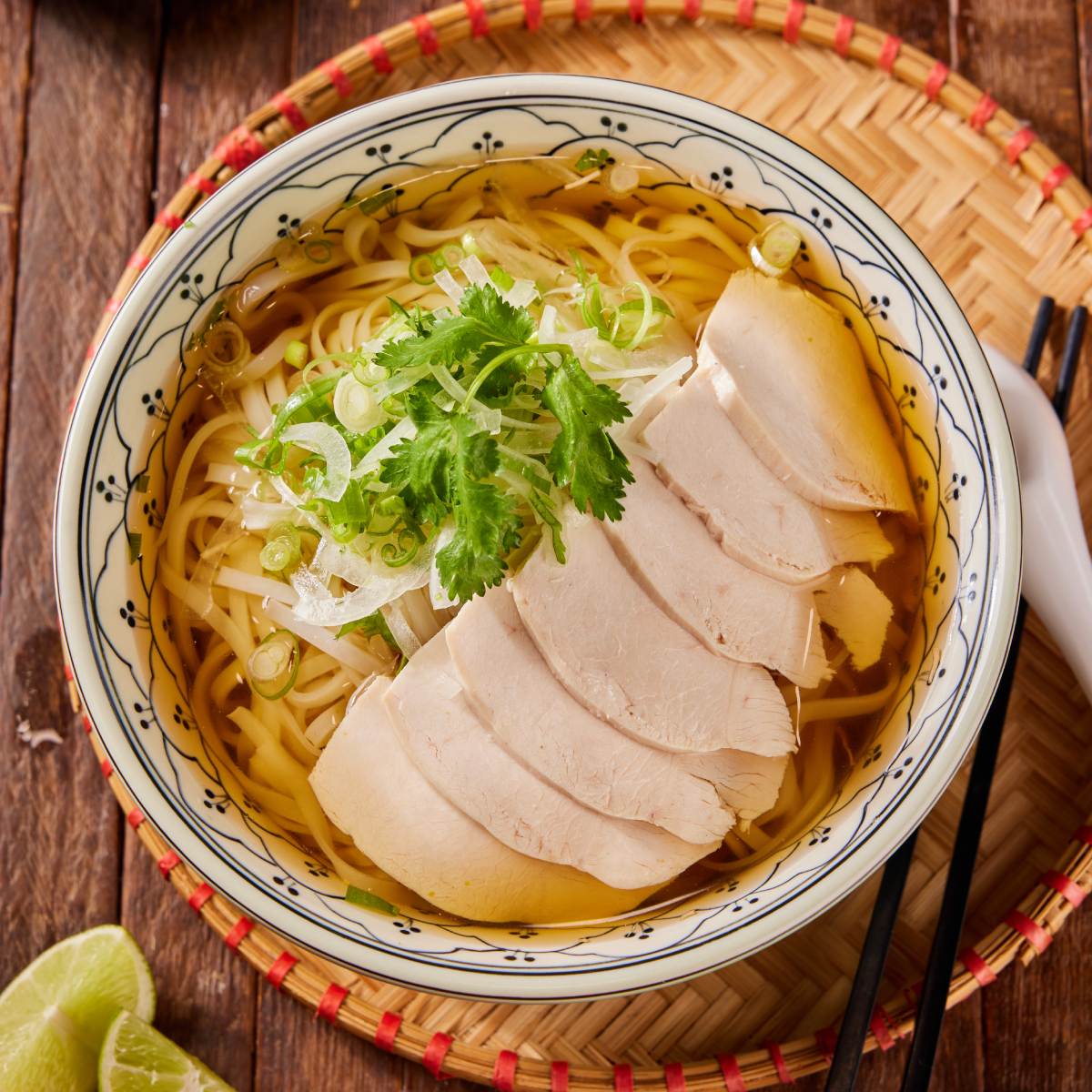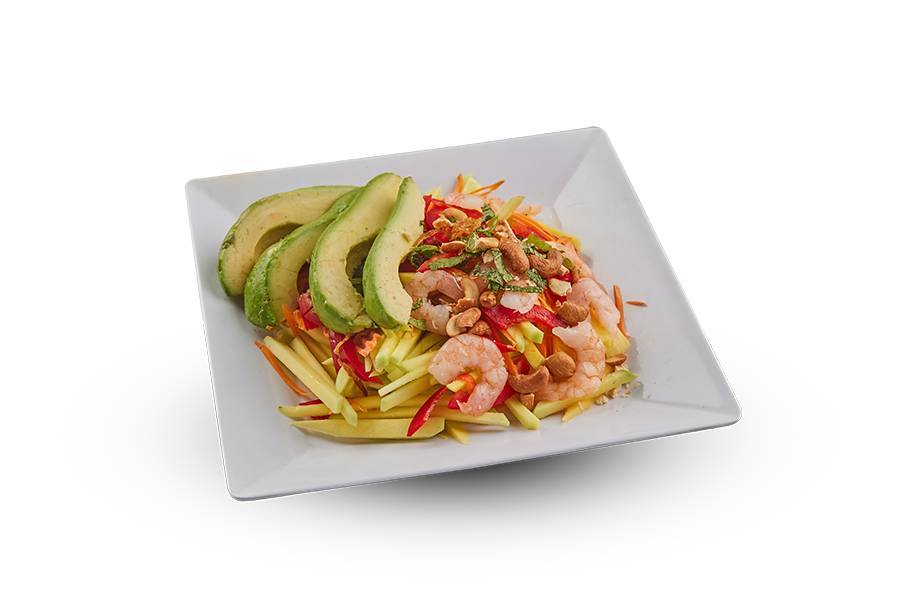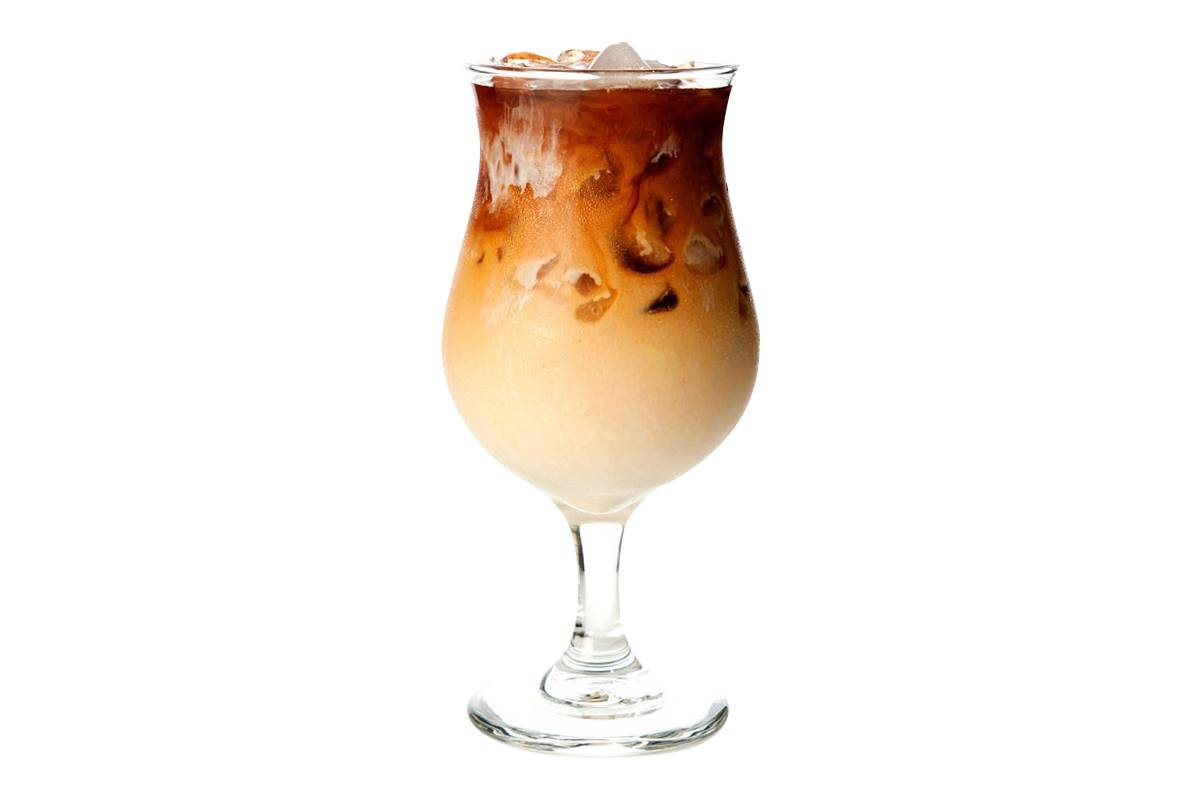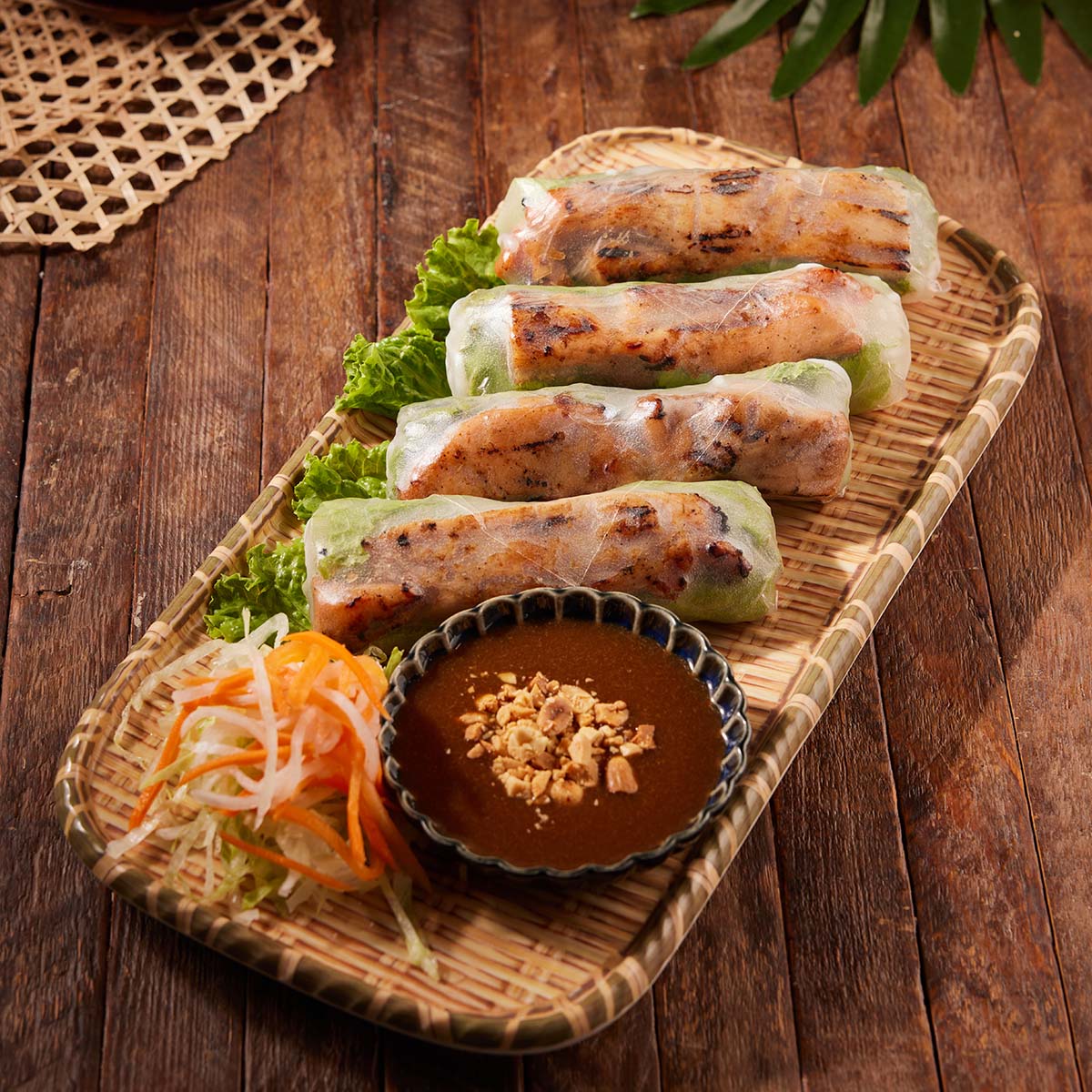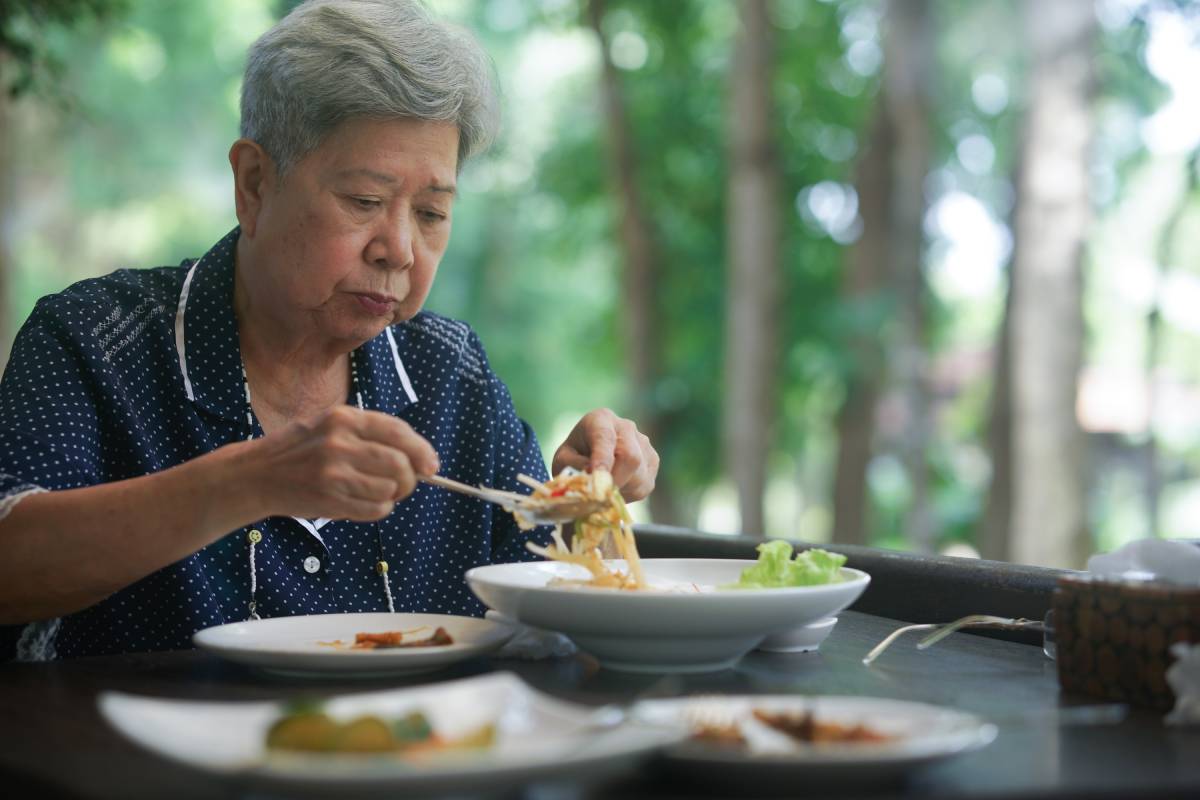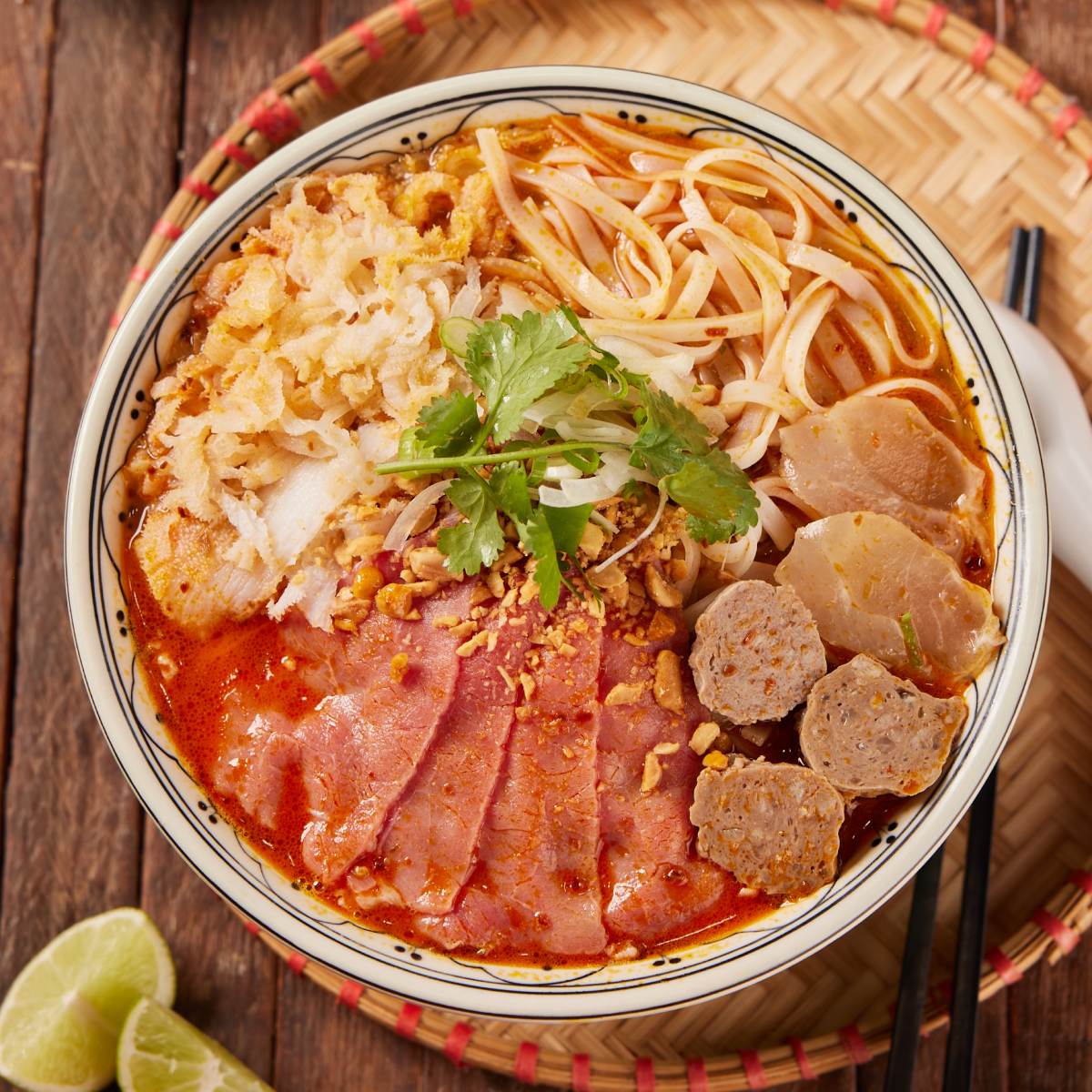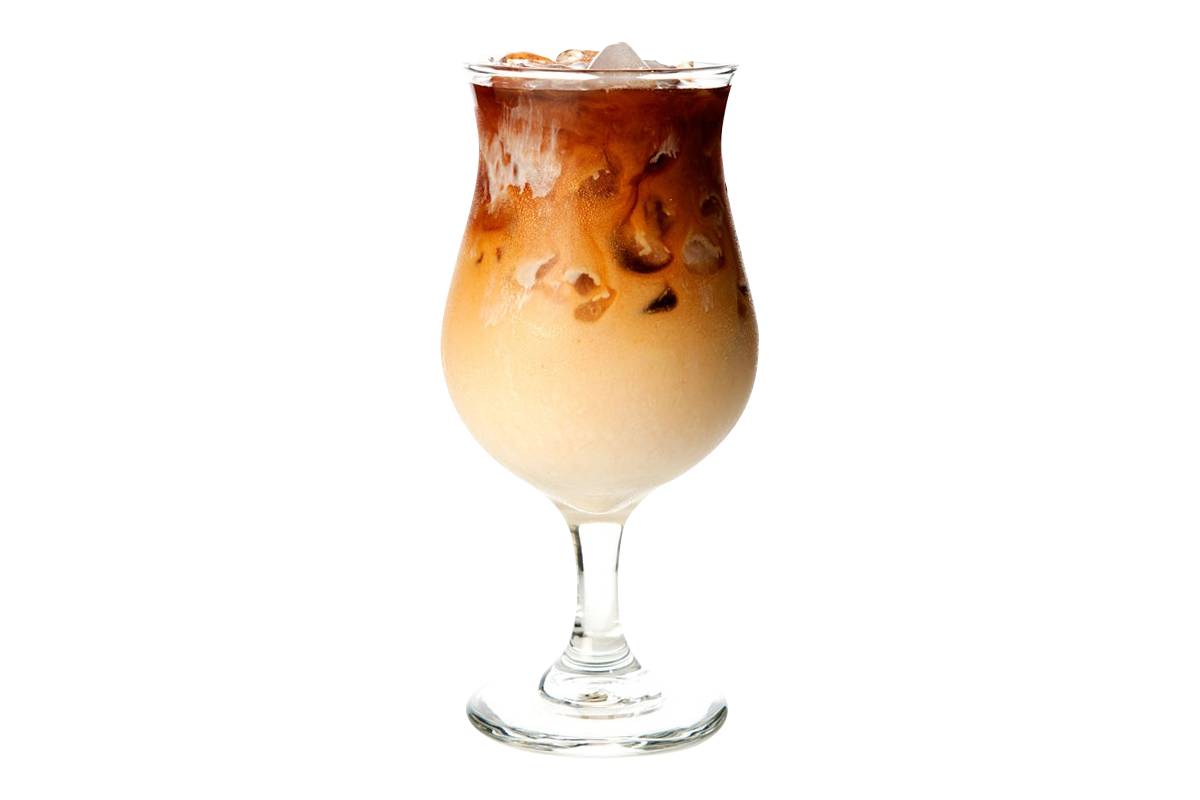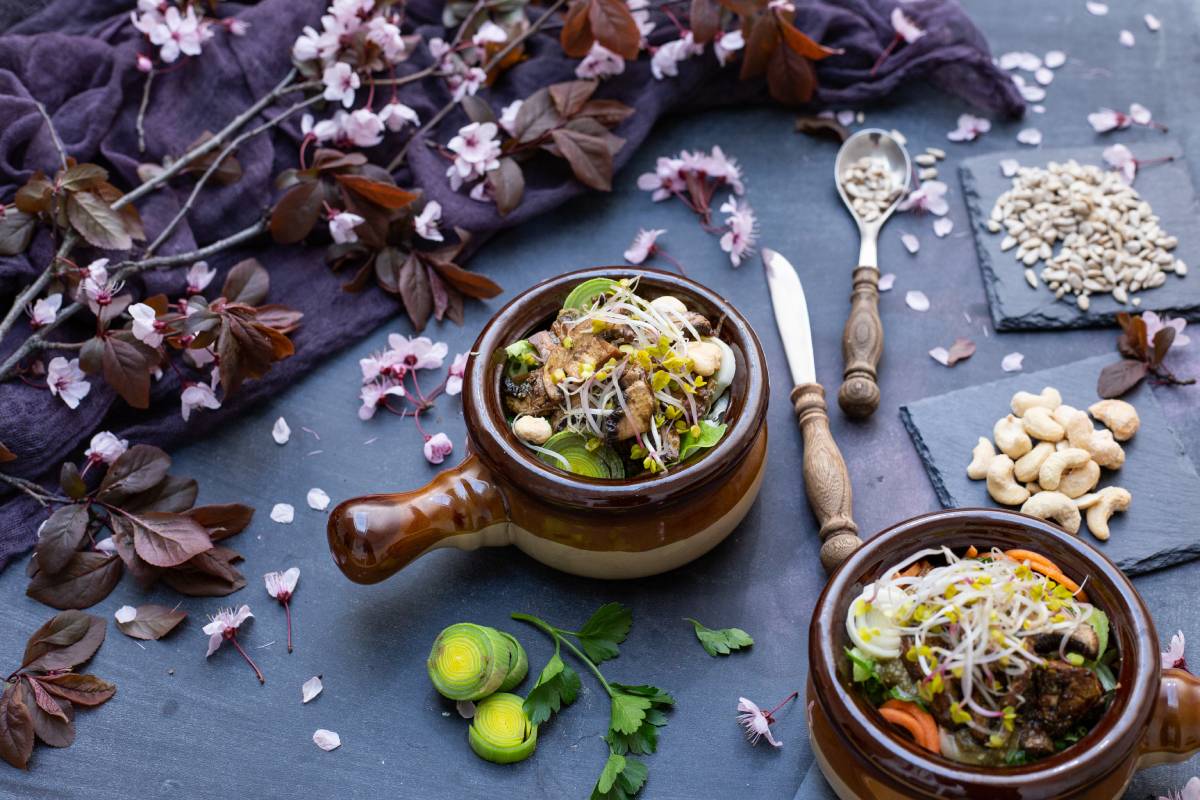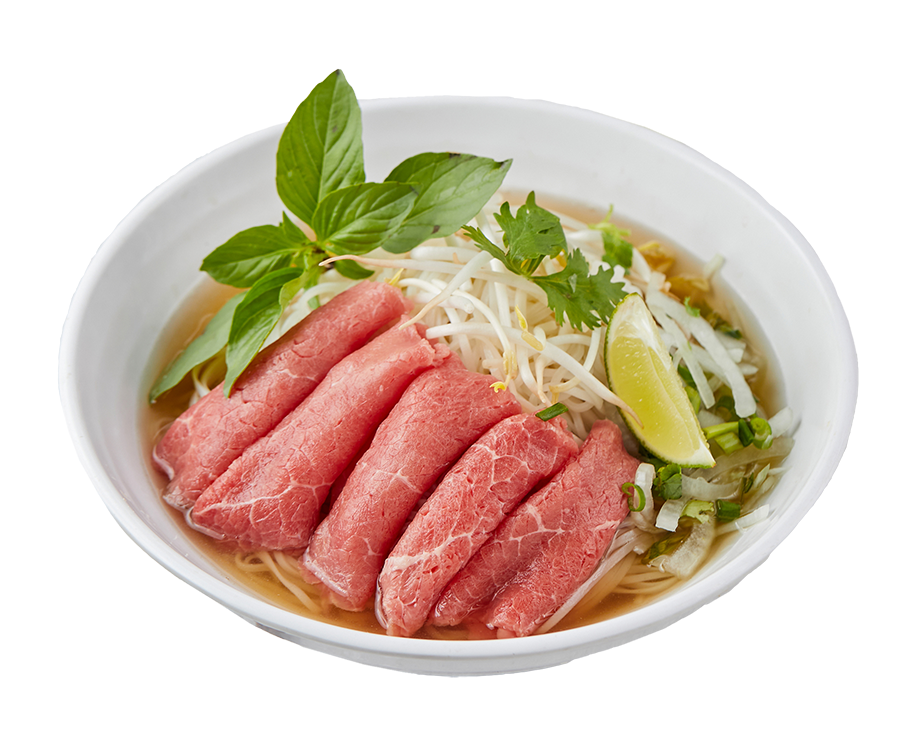‘Rau muong’ or ipomoea aquatica
Ipomoea aquatica is a semi-aquatic plant known also as water spinach or river spinach. It is common in Vietnamese cuisine for its use in stir fries, usually mixed with chili pepper, garlic, dried shrimp paste, ginger, and other spices.
‘La lot’ or piper lolot
Piper lolot is used in Vietnamese cuisine to flavor wraps for grilled meats. The piper lolot leaves bring a smoky flavor to beef in particular when grilled. The practice of wrapping meat in vine leaves like this has long been common among Vietnamese cooks. The practice of wrapping meat in vine leaves like this has long been common among Vietnamese cooks. Piper lolot also has some medicinal qualities to it, including having antioxidants.
‘Tia to’ or perilla frutescens
Perilla frutescens, also known as Koean perilla, has a strong mint smell, is sometimes used as a vegetable, and cooking oil is derived from its seeds. In the traditional Vietnamese uses of herbs and spices, perilla frutescens is a very popular garnish although its uses are predominantly in creating flavors in things like soy sauces, bean pastes, and other foods.
‘Ngo gai’ or eryngium foetidum
Eryngium foetidum is a perennial herb also sometimes known as long coriander. This herb is included in seasonings, marinating, and garnishes. It dries extremely well which has made eryngium foetidum quite popular. It is also sometimes used as a replacement for coriander although its taste is far stronger.
‘Giap ca’ or houttuynia cordata
Houttuynia cordata is a herb of many names, sometimes referred to as fish mint, rainbow plant, chameleon plant, heartleaf, fish wort, Chinese lizard tail, and bishop’s weed. It is used most commonly as a herb garnish in Vietnamese cooking. The leaf of this herb has a taste slightly reminiscent of fish hence the name. This is also why it’s not used more commonly.
‘Rau can’ or oenanthe javanica
Oenanthe javanica is also sometimes referred to as water celery, Chinese celery, Indian pennywort, or Japanese parsley. Though other species of this herb is highly toxic, oenanthe javanica is edible and used as a general herb in several cultural dishes in Vietnam.
‘Rau ngo’ or limnophila aromatica
Limnophila aromatica, also identified as rice paddy herb, is one of Vietnam’s favourite herbs. Traditional Vietnamese dishes use rau ngo generously. The flavor is said to be a cross between lemon and cumin. It is an ingredient in a sweet and sour seafood soup known as tamarind, a distinct cousin to Vietnamese pho.
‘Rau ram’ or polygonum odoratum
Polygonum odoratum is also known as persicaria odorata or ‘Vietnamese coriander’. It is a key herb unrelated to mints although it’s fragrance and appearance are similar. It is usually eaten fresh in salads, or added in some soups and stews.
‘Can day la’ or plectranthus amboinicus
Used predominantly in traditional East Asian medicine, plectranthus amboinicus is a semi-succulent perennial plant that has an oregano-like flavor and odor. As a culinary herb in Vietnamese restaurants, plectranthus amboinicus is used to stuff meats like poultry, beef, lamb, and game. It is also used as a substitute for oregano although it is much stronger so use is sparingly.

